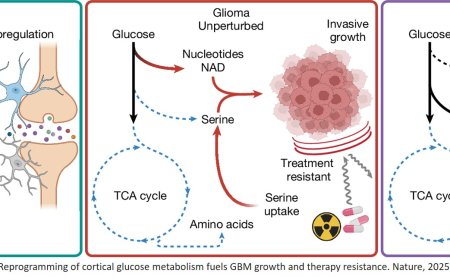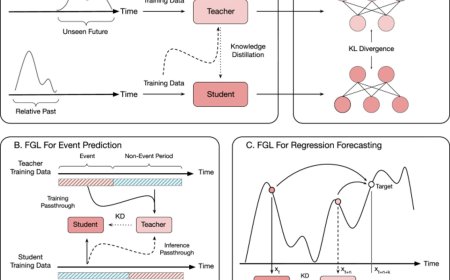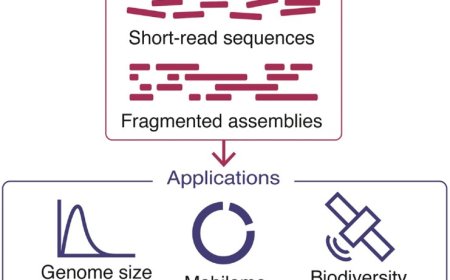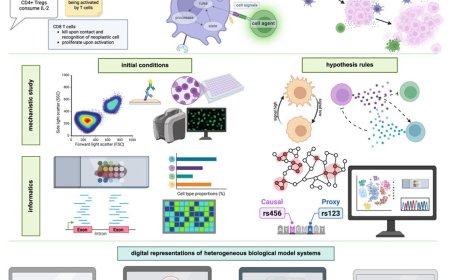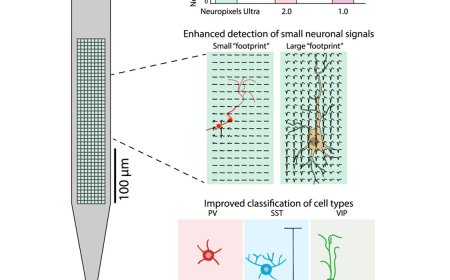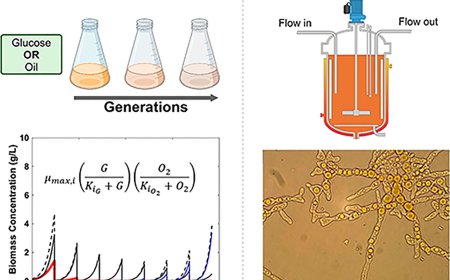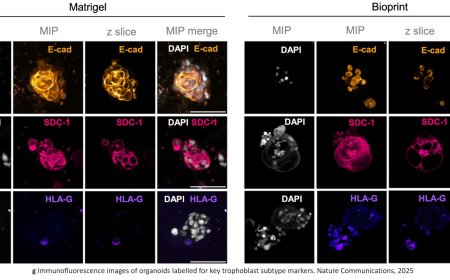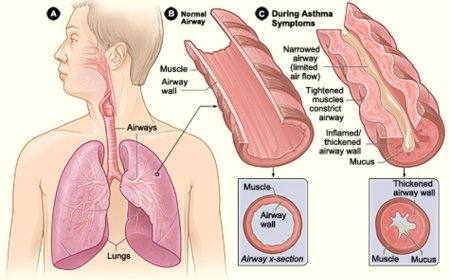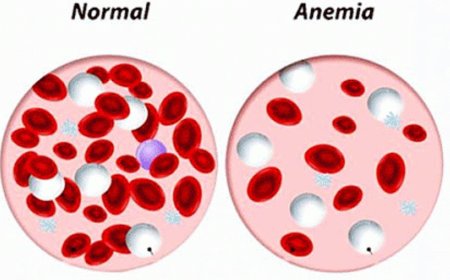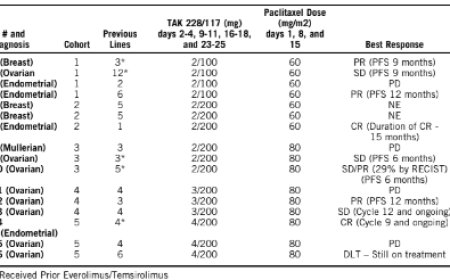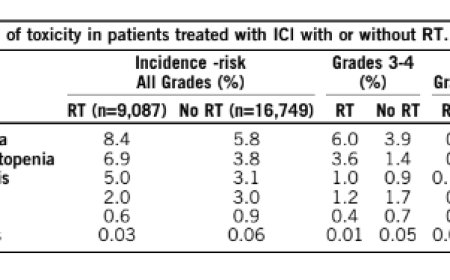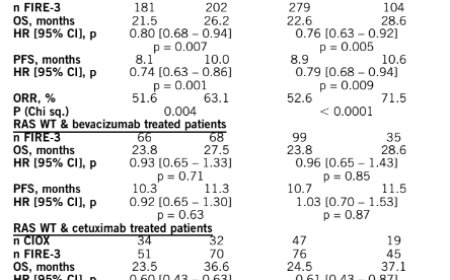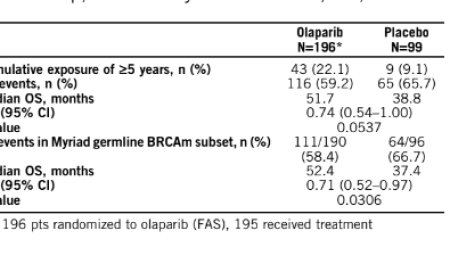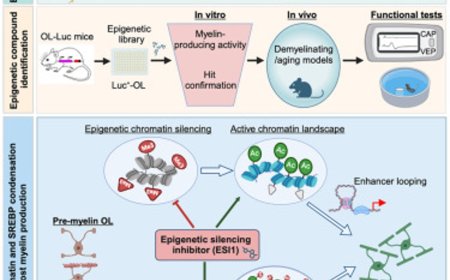Amygdala–liver signalling links stress and type 2 diabetes
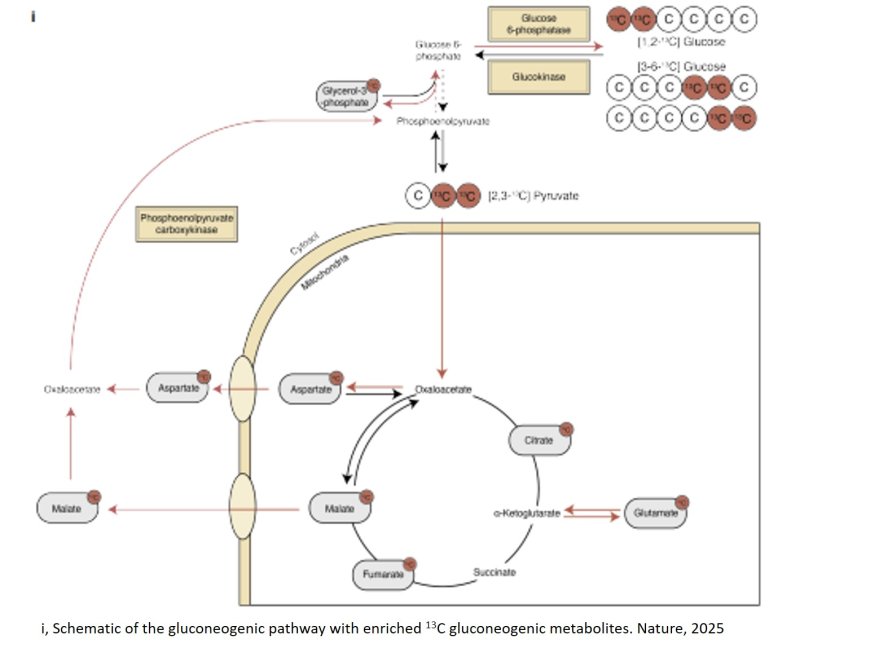
This study discovered a circuit in the brain that connects stress with increased glucose and therefore may link stress to type 2 diabetes. In stressful situations, this circuit from the amygdala to the liver naturally provides a burst of energy. When introducing chronic stress and a fatty diet, researchers observed a disruption in the circuit’s output, specifically, an excess of glucose production in the liver. Long-term elevations in glucose can cause hyperglycemia and increase the risk of developing type 2 diabetes.
This is the first time researchers have described the connection between the medial amygdala in the brain—a specific area of the amygdala that responds to stress—and liver glucose production. The study, conducted in an animal model, represents a new way of targeting diabetes and shows how important stress is as a driver of diabetes and increased mortality.
To date, most studies have focused on how the hypothalamus and brain stem regulate blood glucose. These are regions in the brain that are homeostatic, controlling functions like hunger, thirst, and digestion. Showing that the amygdala, an area traditionally associated with emotion, also controls blood glucose is a major shift in thinking.
To understand how stress changes brain activity in the amygdala, researchers monitored neural activity in the medial amygdala in mice. They found that many different types of stress, from social stress to visual stress, increased the medial amygdala activity about twofold and as expected, increased the mice’s blood glucose by 70 percent.
They then switched on the medial amygdala neural activity in unstressed mice, which reproduced the same rise in glucose associated with stress, without causing stress-induced changes in behavior. This suggests that the circuit from the medial amygdala governs the glucose responses to stress.
Researchers then traced the neuronal connections from the medial amygdala through the hypothalamus to the liver, which showed that stress switched on the neurons connecting the medial amygdala and the hypothalamus, resulting in an increase in glucose released from the liver.
Furthermore, researchers found that a combination of repeated stress and fatty diet altered the circuit between the medial amygdala and liver, resulting in long-term increased glucose, even when the mice were no longer exposed to stress. The research shows that, when exposed to repeated stressors, this circuit became desensitized, resulting in a decreased neural and glucose response to subsequent stress, pushing the mice toward diabetes.
These findings suggest that repeated stress disrupts the medial amygdala-to-hypothalamus-to-liver circuit, increasing liver glucose release.
These findings have significant consequences for how we think about preventative medicine and the causes of illness, including stress and social determinants of health. People admitted to the hospital with abnormal glucose responses (too high or too low) experience significantly higher rates of complications and death. Additionally, it has been demonstrated that chronic stress is linked to an increased risk of type 2 diabetes, which affects 500 million people worldwide.
This study gives clinicians a better understanding of the mechanisms linking stress and glucose control, opening new avenues to develop treatments to help reduce the risk of diabetes and improve glucose control for individuals with diabetes, particularly in individuals with elevated stress levels. By understanding the neural circuits through which stress controls glucose, we can identify therapies that help to regulate blood glucose and mitigate the risk of type two diabetes.
These findings suggest further research is required to study the medial amygdala-to-hypothalamus-to liver circuit in more detail, examine the types of neural cells involved, and observe how short-term and long-term stress changes the circuit structure and gene expression.
Additional research can also help understand if taking steps to reduce stress will reverse the disruption in the circuit, lowering the risk of diabetes and returning the circuit to healthy function.
https://www.nature.com/articles/s41586-025-09420-1
https://sciencemission.com/Amygdala%E2%80%93liver-signalling
